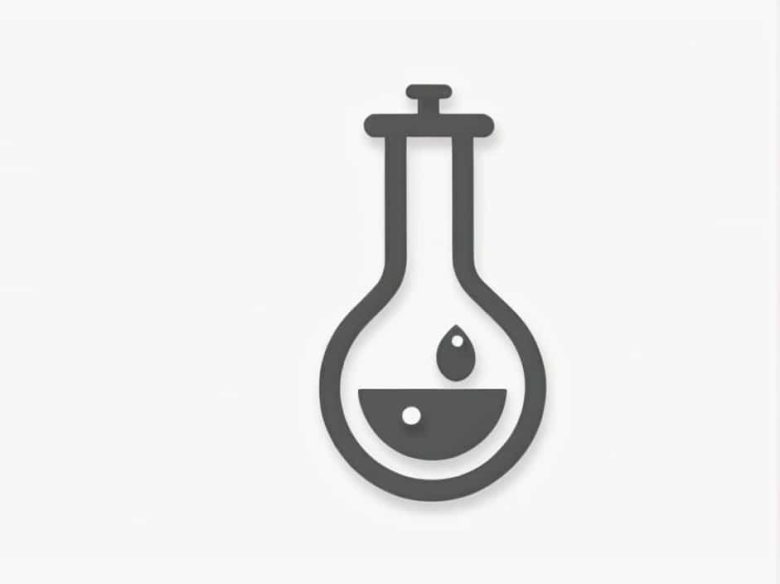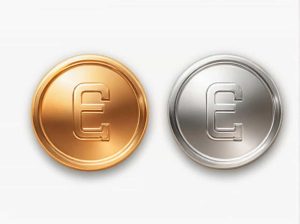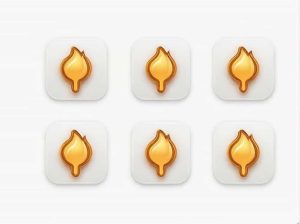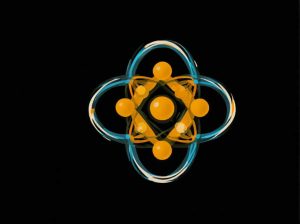The reaction between alkenes and bromine water is a well-known test in organic chemistry to identify the presence of a carbon-carbon double bond (C=C). This reaction is widely used in laboratories and industrial applications due to its simplicity and effectiveness.
In this topic we will explore the mechanism of this reaction its significance real-world applications and examples that help in understanding its importance.
What Happens When Alkene Reacts with Bromine Water?
When an alkene is mixed with bromine water (Br₂ in water solution) the reddish-brown color of bromine disappears indicating a chemical reaction. This reaction is an addition reaction where bromine atoms attach to the double-bonded carbon atoms of the alkene.
General Reaction Formula
For a general alkene (CₙH₂ₙ) the reaction can be represented as:
CₙH₂ₙ + Br₂ → CₙH₂ₙBr₂
For example when ethene (C₂H₄) reacts with bromine water 12-dibromoethane forms:
C₂H₄ + Br₂ → C₂H₄Br₂
This reaction causes the bromine solution to change from reddish-brown to colorless making it a useful test for alkenes.
Why Does Bromine Water React with Alkenes?
The reaction occurs because alkenes contain a double bond which has a region of high electron density. This makes them highly reactive towards electrophiles like bromine (Br₂). The double bond breaks allowing bromine to attach to the carbon atoms.
Comparison with Alkanes
Unlike alkenes alkanes do not react with bromine water under normal conditions. This is because alkanes contain only single bonds which are not reactive enough to interact with bromine without the presence of UV light or heat.
Reaction Mechanism of Alkenes with Bromine Water
The reaction follows an electrophilic addition mechanism which occurs in two steps:
1. Formation of a Bromonium Ion
- The electron-rich double bond in the alkene attacks the bromine molecule (Br₂).
- This causes the Br-Br bond to break forming a bromonium ion (a three-membered ring containing carbon and bromine).
- The remaining Br⁻ ion is left in the solution.
2. Nucleophilic Attack by Bromide Ion
- The Br⁻ ion attacks the carbon in the bromonium ion opening the ring and forming a stable dibromoalkane.
The final product is a colorless dibromo compound explaining why the reddish-brown bromine water becomes colorless.
Examples of Alkene and Bromine Water Reactions
1. Ethene + Bromine Water
Equation:
C₂H₄ + Br₂ → C₂H₄Br₂
Observation:
- The bromine water changes from reddish-brown to colorless.
- The product 12-dibromoethane is a colorless liquid.
2. Propene + Bromine Water
Equation:
C₃H₆ + Br₂ → C₃H₆Br₂
Observation:
- The solution decolorizes as 12-dibromopropane forms.
3. Butene + Bromine Water
Equation:
C₄H₈ + Br₂ → C₄H₈Br₂
Observation:
- A colorless liquid forms due to the production of 12-dibromobutane.
Applications of Bromine Water Test
This reaction has various practical applications making it essential in chemistry and industry.
1. Testing for Unsaturation in Organic Compounds
- The bromine water test is a simple method to distinguish alkanes (saturated compounds) from alkenes (unsaturated compounds).
- If the solution remains brown the compound is an alkane.
- If the solution turns colorless the compound is an alkene.
2. Industrial Synthesis of Dibromo Compounds
- Many dibromoalkanes formed through this reaction serve as intermediates in the production of plastics pharmaceuticals and agrochemicals.
3. Water and Soil Analysis
- The bromine water reaction helps detect organic pollutants in environmental samples especially those containing unsaturated hydrocarbons.
4. Bromination in Laboratory Research
- Used in organic synthesis to introduce bromine atoms into molecules making them more reactive for further transformations.
Factors Affecting the Reaction
Several factors can influence how quickly and efficiently bromine water reacts with alkenes.
1. Structure of the Alkene
- More electron-rich alkenes react faster.
- Branched alkenes may show steric hindrance slightly slowing the reaction.
2. Concentration of Bromine Water
- Higher bromine concentrations speed up the reaction.
- Diluted bromine solutions may take longer to decolorize.
3. Temperature
- Higher temperatures increase reaction rates but may also cause bromine to evaporate.
- Room temperature is ideal for accurate testing.
Common Misconceptions About Bromine Water and Alkenes
1. Does Bromine Water Work for Aromatic Compounds?
- No benzene and other aromatic compounds do not react with bromine water under normal conditions. They require a catalyst like iron(III) bromide (FeBr₃) for bromination to occur.
2. Can Alkynes React with Bromine Water?
- Yes alkynes also undergo addition reactions with bromine water often forming tetrabromo compounds instead of dibromo compounds.
3. Why Doesn’t Cyclohexane React with Bromine Water?
- Cyclohexane is a saturated hydrocarbon (alkane) meaning it lacks a double bond.
- It requires UV light to undergo radical substitution unlike alkenes that react immediately.
The reaction of alkenes with bromine water is an essential concept in organic chemistry serving as a quick and reliable test for unsaturation. This reaction follows an electrophilic addition mechanism where bromine attaches to the double-bonded carbon atoms turning the solution from reddish-brown to colorless.
This simple but powerful reaction has applications in chemical analysis industrial synthesis environmental testing and organic research. Understanding it helps in identifying unsaturated hydrocarbons and their role in chemistry and industry.



